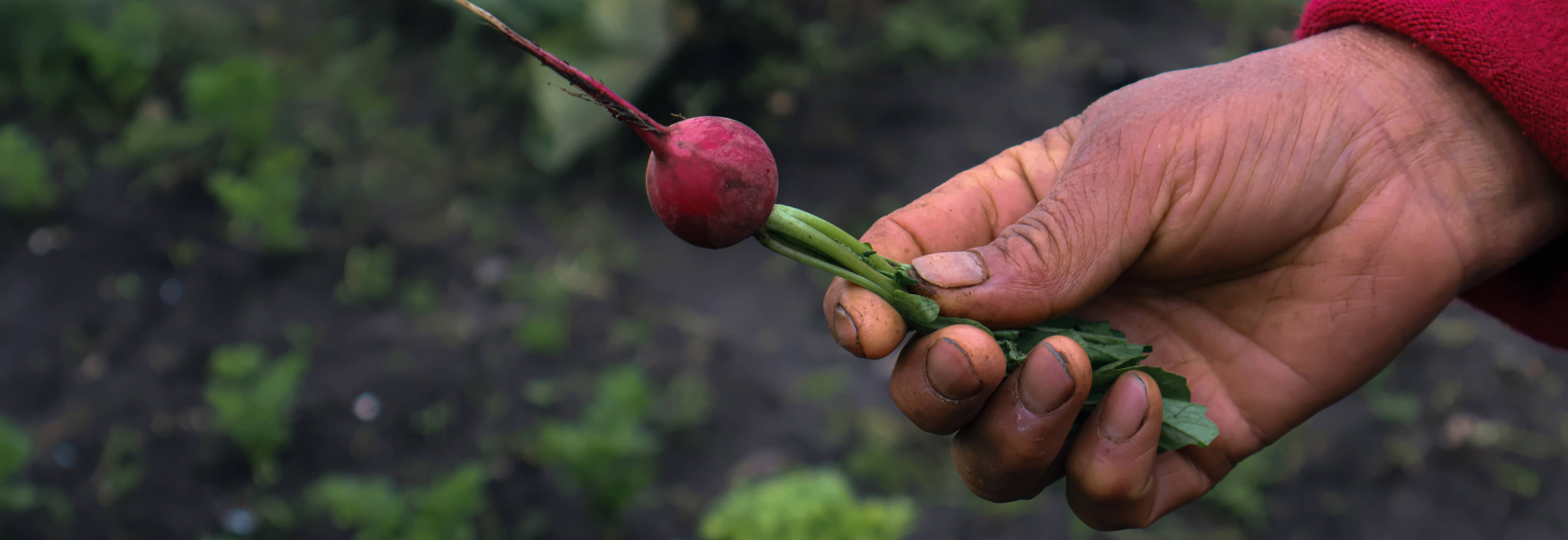Returning to our Grandmothers’ Kitchens: Eating with an Agroecological Mindset
The smell always got there first.
Upstairs, while I played with my cousins, the scent of my French grandmother’s cooking filled the house; roasted potatoes, bubbling butter, something meaty and rich we couldn’t quite place yet. Everything came from nearby: mushrooms from our morning walk in the woods, herbs from the garden, butter churned by a neighbor, and meat from healthy grass-fed cows, locally known as “La Charolaise.”
Each meal was a long sensory feast. We ate while listening to my grandfather’s jokes and our parents’ endless debates on recent politics, all washed down with a glass of local wine. My grandmother taught me that good food takes time and that it should be shared in joy. In rural Burgundy, this was the daily routine of many families. As food was grown close to home, it was accessible. We only ate what was locally available—I never saw an avocado in my grandmother’s kitchen, and even bananas were a rare sight. Food may not have been grown agroecologically, but it represented its principles: rooted in tradition, people, place, and care.
This memory starkly contrasts with the daily routine of many of us now: hunched backs, staring at a screen, gobbling down food that can’t be traced back to a farm, a kitchen, or a memory.
With the mass production and globalization of food, shipped across continents and wrapped in plastic, food and the act of eating itself have become an afterthought, a mere convenience. But what if we brought food back to the center?
How we eat is deeply connected to how food is grown, who grows it, and how we treat the land. An agroecological diet brings these pieces together. While agroecological food remains out of reach for many, its principles can guide us towards eating in a way that nourishes our bodies and respects nature and the hands who feed us.
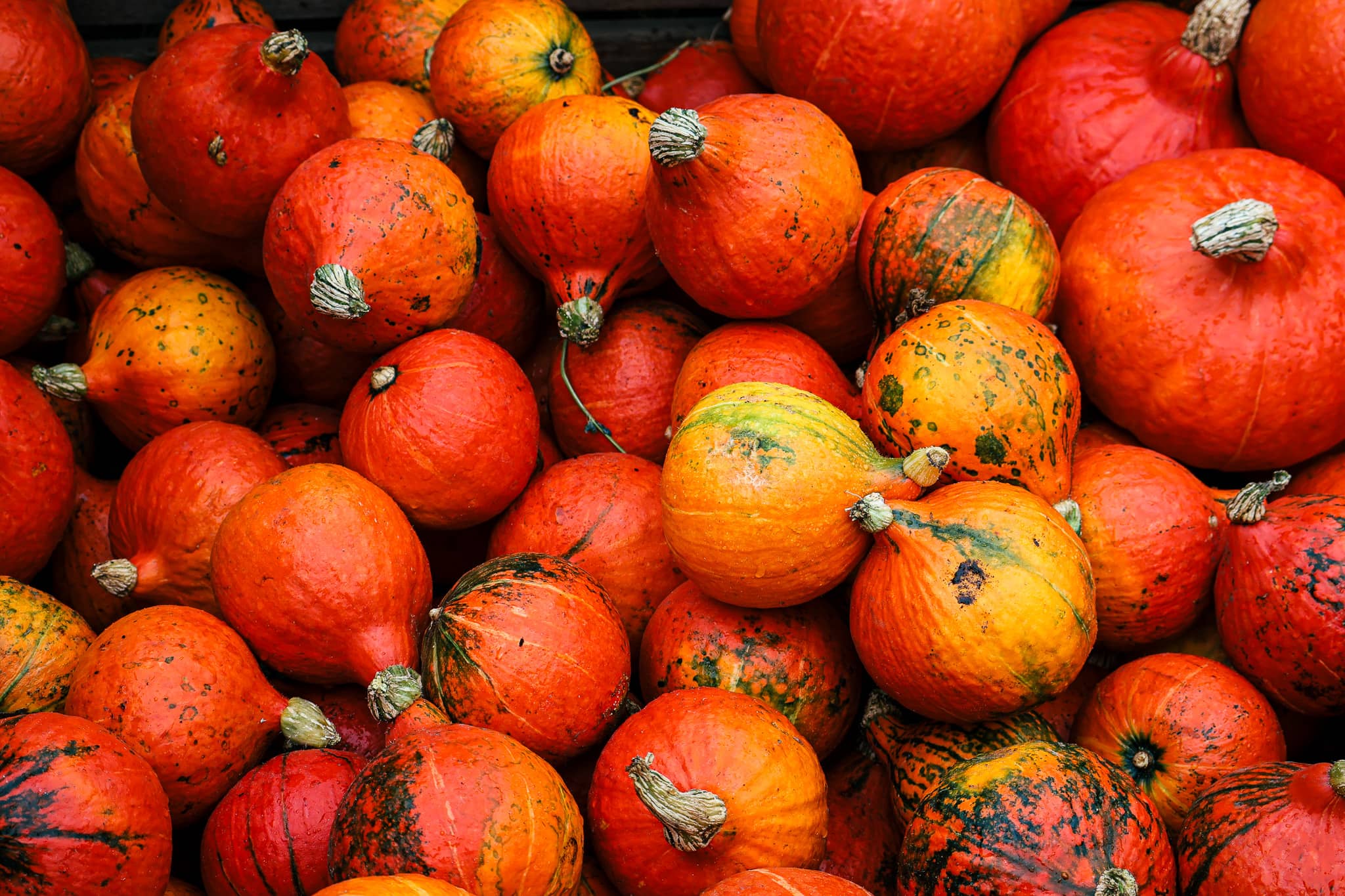
What does an agroecological diet look like? The elements of a sustainable diet
Agroecological diets emerge from agroecological farming—a holistic approach that sees farms as regenerative ecosystems, blending ecological principles with local knowledge, social equity, tradition, and respect for all forms of life.
Agroecological diets are sustainable by nature. They are:
- Based on local, seasonal, and culturally rooted foods.
- Rich in plant diversity—grains, legumes, fruits, and vegetables.
- Low in industrially processed foods and synthetic inputs.
- Naturally rich in nutrients, thanks to healthy soils and farming practices that sustain biodiversity.
- Supportive of smallholder farmers and local economies.
As the FAO defines it, sustainable diets are those “with low environmental impacts which contribute to food and nutrition security and healthy life for present and future generations. Sustainable diets are protective and respectful of biodiversity and ecosystems, culturally acceptable, accessible, economically fair and affordable; nutritionally adequate, safe and healthy; while optimizing natural and human resources.” (FAO, 2010, Sustainable Diets and Biodiversity). Agroecology fits that vision.
When people have access to diverse, nutrient-rich foods, their diets improve, leading to better health and stronger immunity. We see this daily in the communities we work with. Farmers mostly eat what they grow. Their meals are diverse and colorful—leafy greens, root vegetables, legumes, traditional grains, fruits, and herbs. These come from small, diversified gardens that rely on compost, natural pest control, and healthy soil instead of synthetic chemicals. And the benefits go beyond nutrition. “The sauces and soups have become richer and more flavorful,” says Dibihan Ruth, who leads a women’s gardening initiative in Mali that shifted away from chemicals. “Families are now healthier and more resilient.”
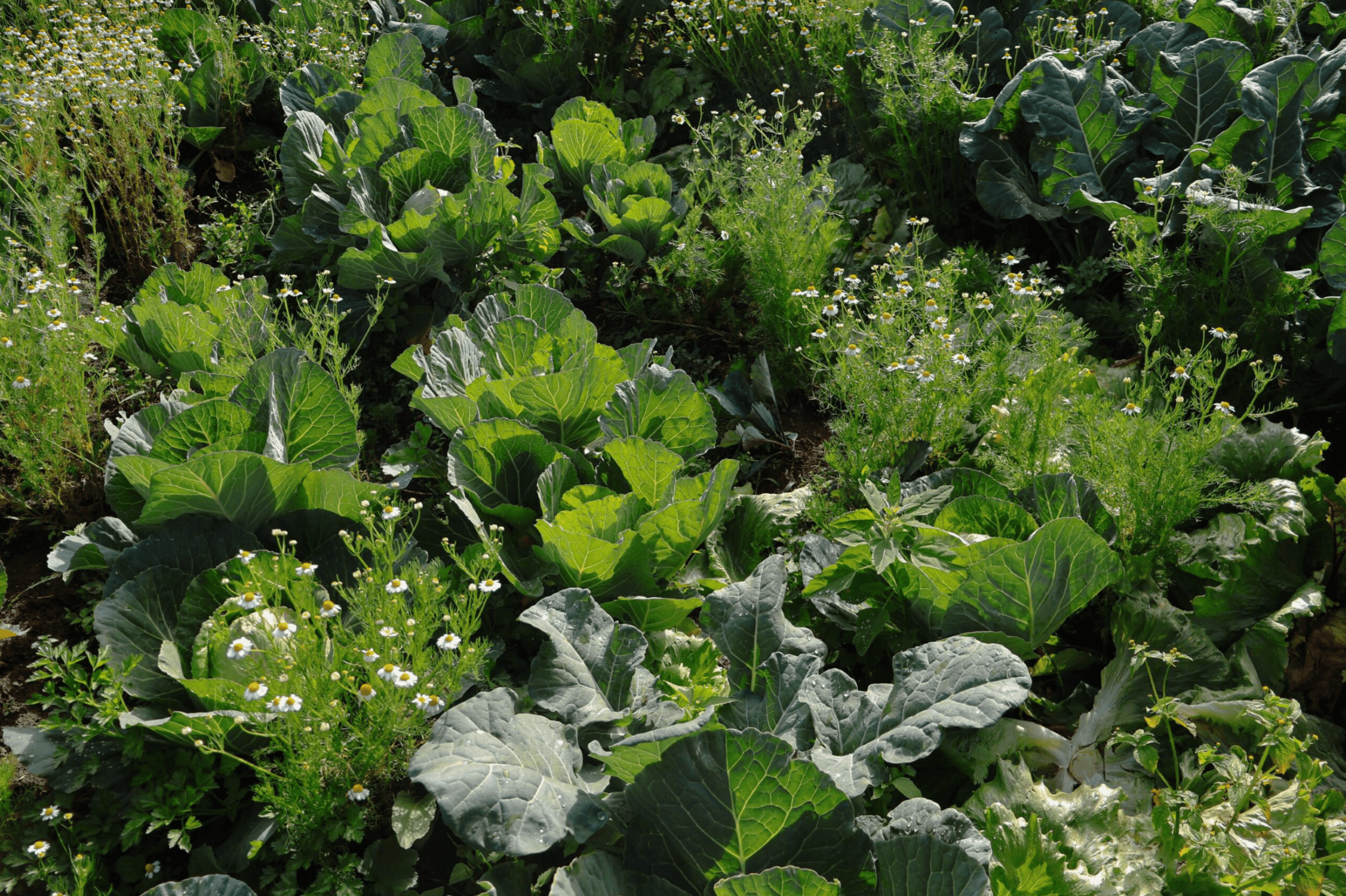
Why should we shift to sustainable diets?
“Safe and healthy diets are diets that meet energy and nutritional needs, that are accessible and affordable, and that enrich and preserve social and cultural traditions.”
-Quote from Barefoot Guide (2023). My food is African
Increased production of ultra-processed foods, changing lifestyles, and urbanization have dramatically altered what and how we eat. The result? Imbalanced diets that are high in sugars, fats, and salt, and low in fruits, vegetables, and fiber.
In Sub-Saharan Africa, undernutrition now coexists with rising obesity, a crisis known as the double burden of malnutrition. Meanwhile, processed food and polluted soils damage our immune systems and gut microbes. The use of agrochemicals also reduces the nutrient quality of our food; apples, for example, now have 35% fewer nutrients than in 1950.
Adopting more sustainable diets and farming practices is also critical to reversing biodiversity loss, reducing agriculture’s climate footprint, and preserving water and soil resources for future generations.
By contrast to modern diets, agroecological diets support:
- Soil health: by encouraging farming that regenerates the land.
- Biodiversity: by bringing back resilient native crops and traditional seeds.
- Human health: through diverse, nutrient-dense, pesticide-free foods.
- Climate resilience: by reducing fossil fuel use and improving carbon sequestration.
- Food sovereignty: by keeping food systems in farmers’ hands, not corporate monopolies
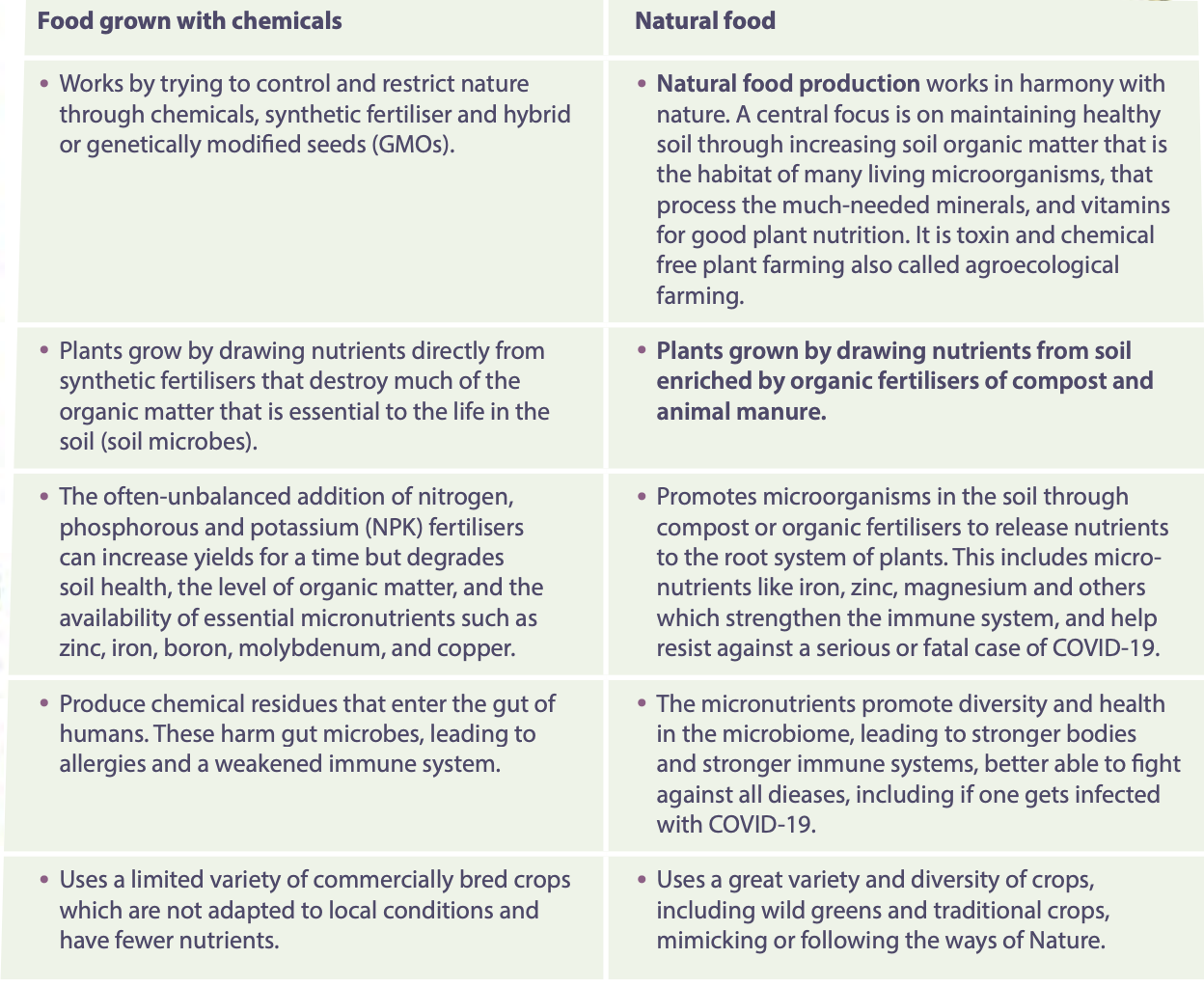
A short guide to switching to an agroecological diet
Even if your access to food grown agroecologically is limited right now, you can make your diet healthier and more sustainable by following these steps:
Step 1: Understanding what your body needs
Agroecological diets mimic agroecological farming: diverse, colorful, local, and seasonal. Diverse diets help us get all the different micronutrients our bodies need to function well. Here’s what that looks like:
- Whole grains provide energy, like millet, sorghum, maize, sweet potatoes, cassava, rice.
- Lean proteins help build muscles and repair tissues, like legumes (beans, lentils, groundnuts), tree nuts, fish, eggs, dairy.
- Healthy fats support brain function and nutrient absorption, like avocado, seeds, olives, fish oil.
- Fresh vegetables and fruits strengthen the immune system, support strong bones, and prevent disease. Think leafy greens, diverse vegetables, and fruits grown in mineral-rich, organic soil.
Step 2: Creating balanced meals with the Rainbow Bowl guide
Fill your plate with natural foods of every color to ensure you get the nutrients you need—more colors = more diverse nutrients.
- Purple (eggplant, purple cabbage): antioxidants, cancer-fighting
- Red (tomatoes, lean meat): supports heart and blood health
- Orange/Yellow (carrots, squash, lemons): boosts immunity, vision
- Green (spinach, cucumbers, zucchini): strengthens natural defenses
- White/Brown (mushrooms, garlic, eggs): aids digestion, immune function
🌈Mini-challenge: try three rainbow meals this week!
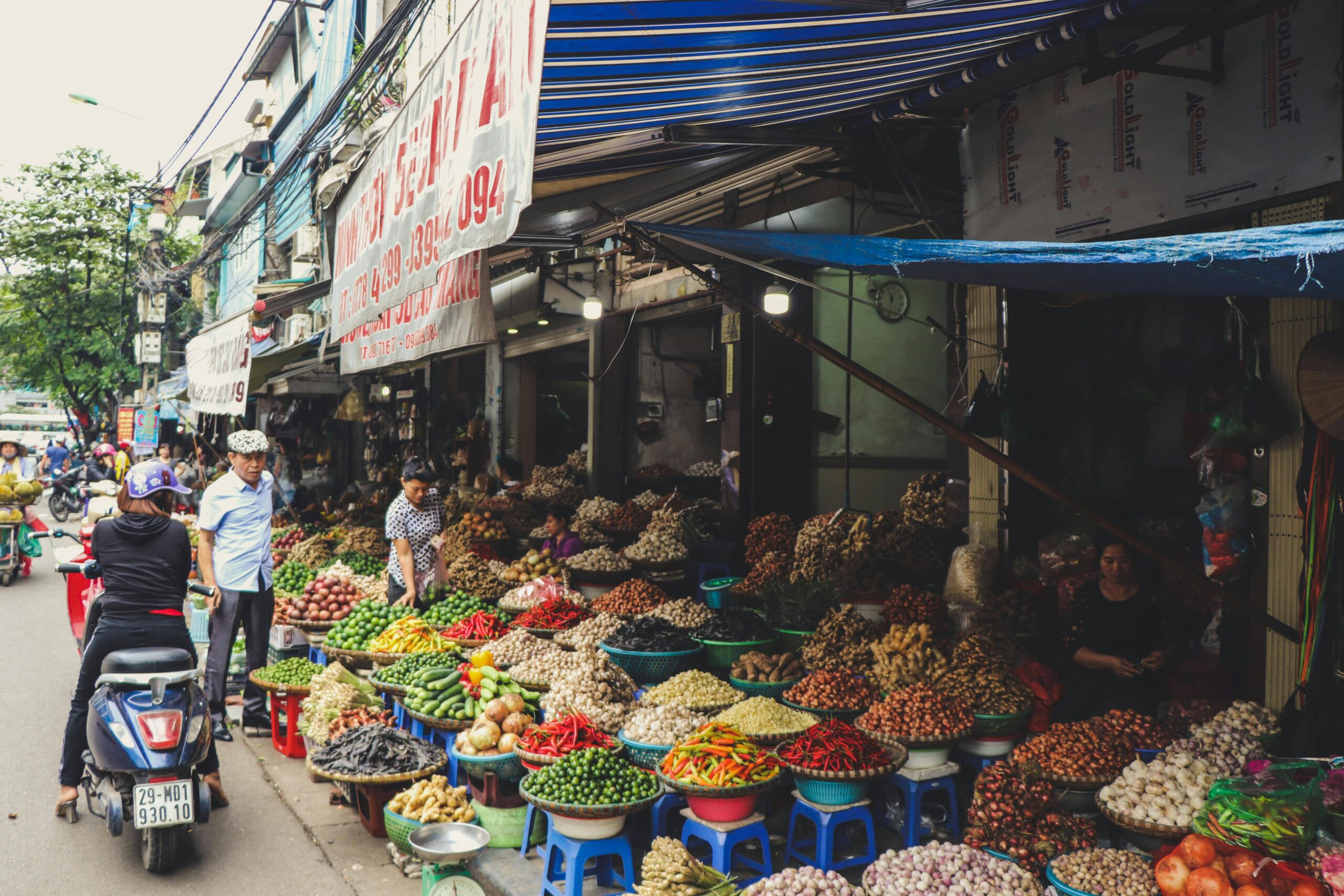
Step 3: Cooking and shopping with an agroecological mindset
Cooking tips for healthy diets
- Use at least three colors in every meal from naturally-colored ingredients (Haribo gummies don’t count here!).
- Avoid overboiling or deep-frying; it destroys nutrients.
- Use lemon, garlic, and fresh herbs instead of excess salt.
- If you grow your own food, harvest right before cooking when possible (for example, when picking mushrooms).
Source: Barefoot Guide (2023). My food is African: Stories and practices for healthier food systems.
Smart shopping for sustainable diets
- Buy from local farmers whenever possible—through farmers’ markets, CSAs, or direct cooperatives. Sometimes, it may mean spending a little more on quality food and less on non-indispensable items.
- Choose foods with minimal packaging and no additives.
- Prioritize seasonal produce over imported or out-of-season fruits and vegetables.
- Cook more at home and rediscover traditional food knowledge. What did your grandparents use to eat when they were children?
- Support regenerative farms, especially those using diverse cropping systems, not just organic monocultures.
- Eat less industrial meat and more legumes, whole grains, and vegetables.
- Stay curious about food origins—ask yourself how it was grown, who grew it, and how it reached you.
- Be mindful of waste—respect the time, labor, and resources that go into every meal.
Step 4: Designing your own sustainable diet
There’s no one-size-fits-all. The goal isn’t perfection but reconnection to the land, the people who grow our food, and the systems we rely on. This means agroecological diets take different shapes and colors depending on where we live, what’s locally available, and what we believe in.
Is an agroecological diet the same as an organic, vegan, or vegetarian diet?
Not quite.
Agroecological diets are shaped by context. They’re grounded in local ecosystems, cultures, and farming practices. That means there’s no single agroecological “template.” Instead, agroecological diets focus on:
- Where food comes from
- How it’s produced
- Who benefits from it
By contrast:
- Organic diets focus on avoiding synthetic pesticides, fertilizers, and GMOs. But organic farming can still involve industrial-scale monocultures and global supply chains.
- Vegan and vegetarian diets exclude animal products (fully or partially) for ethical, environmental, or health reasons. While these diets can be part of agroecological eating, they aren’t required.
In many rural communities, small amounts of animal products, like eggs, milk, or meat, are part of agroecological systems. What matters most is balance, biodiversity, and care for people and the land.
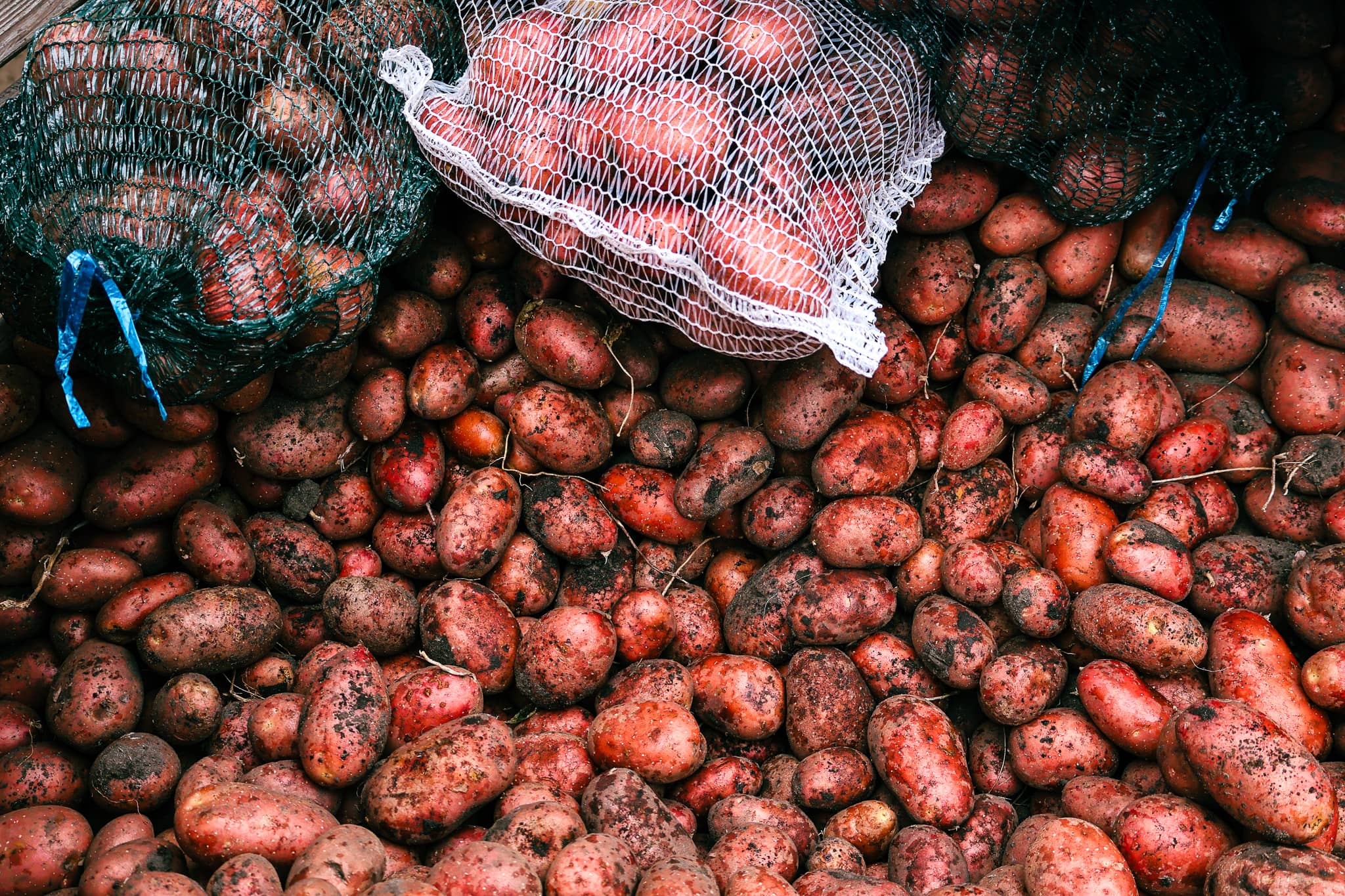
What’s one small way you can bring agroecological eating into your life this week?
Whether it’s buying from a local farmer, growing a few of your own vegetables, or learning about the origins of the food you eat, every effort contributes to a more sustainable future. What’s one small way you can bring agroecological eating into your life this week? Here are a few resources to help you go further:
Read WWF’s guide to sustainable diets
Watch Making The Shift to Agroecological Nutrition
Download the Barefoot Guide My food is African: Stories and practices for healthier food systems
Try growing your own food with these 5 tips
Transforming our food systems doesn’t just start in the field but also on our plates. But we cannot simply eat our way out of an unjust food system—policy and structural change must walk alongside dietary shifts. Access to agroecological food can be limited, particularly in areas where agroecological systems aren’t yet widespread or affordable. To make agroecological diets accessible to all, we need systemic transformation: food policies that support farmers, investment in agroecology, fairer market access, and public support for local food economies. At Groundswell International, we enable all of this, and more. Learn more about our work.

About the author
Maylis Moubarak
Maylis is Groundswell International’s Storytelling & Communications Manager. She’s lived in eight countries and worked for multinationals, startups, nonprofits, and social enterprises across four continents. Prior to joining Groundswell International in 2024, she spent over eight years working in editorial content, communications, marketing strategy, and international events in various industries. She’s passionate about crafting stories that bridge borders and inspire audiences to support meaningful projects.

